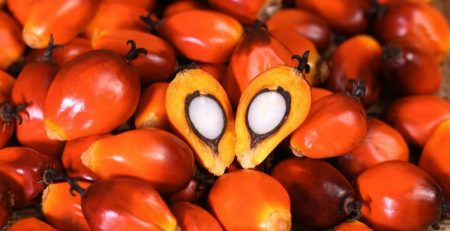No Palm Oil labeling is misleading to consumers
Some food companies selling products in Europe are printing the words, No Palm Oil (NPO), on their labels. At first glance, this appears to be a simple message explaining that their product no longer contains palm oil. However, this misguided trend may be misleading consumers. I know of no U.S. products currently labeled NPO, but it could be buyer beware if it starts to happen here.
Some things to consider:
- What is being used instead of palm oil? Malaysian palm oil is non-GMO. The same can’t be said for soy or corn oils. Likewise, oil palms require about 1/10th the amount of land to produce the same amount of oil than the far less efficient soy or canola crops. If consumer demand for these other oils increases, could deforestation to make room for more agricultural land be far behind?
- Will it mislead consumers into thinking palm oil is unhealthy? Usually when a label calls out something that the product does NOT contain (e.g. gluten-free, sugar-free), the implication is that the product is somehow healthier. The opposite is true for products that have NPO printed on their labels. Evidence from a large number of human dietary interventions has shown no adverse impact on heart disease risk due to palm oil consumption. In addition, the numerous positive health effects of Malaysian palm oil-derived tocotrienols have since been well documented. Those health benefits include the ability to modulate brain white matter lesions which are associated with stroke prevention.
The signpost nature of an NPO label bluntly plants in the mind of consumers the assumption that avoiding the purchase of products containing palm oil somehow is beneficial to the environment as well as to their own health.
These claims do not stand up to scientific scrutiny, nor to the realities found on the ground.
We all lead hectic lives. Most of us embrace trusted shortcuts to our buying decisions. This isn’t one of them. Would the USDA allow similar NPO messaging on products sold in America? The answer isn’t clear. But what is clear is the need for all of us to educate ourselves about ingredient nutritional benefits, sourcing and labeling.









Comment (1)
5